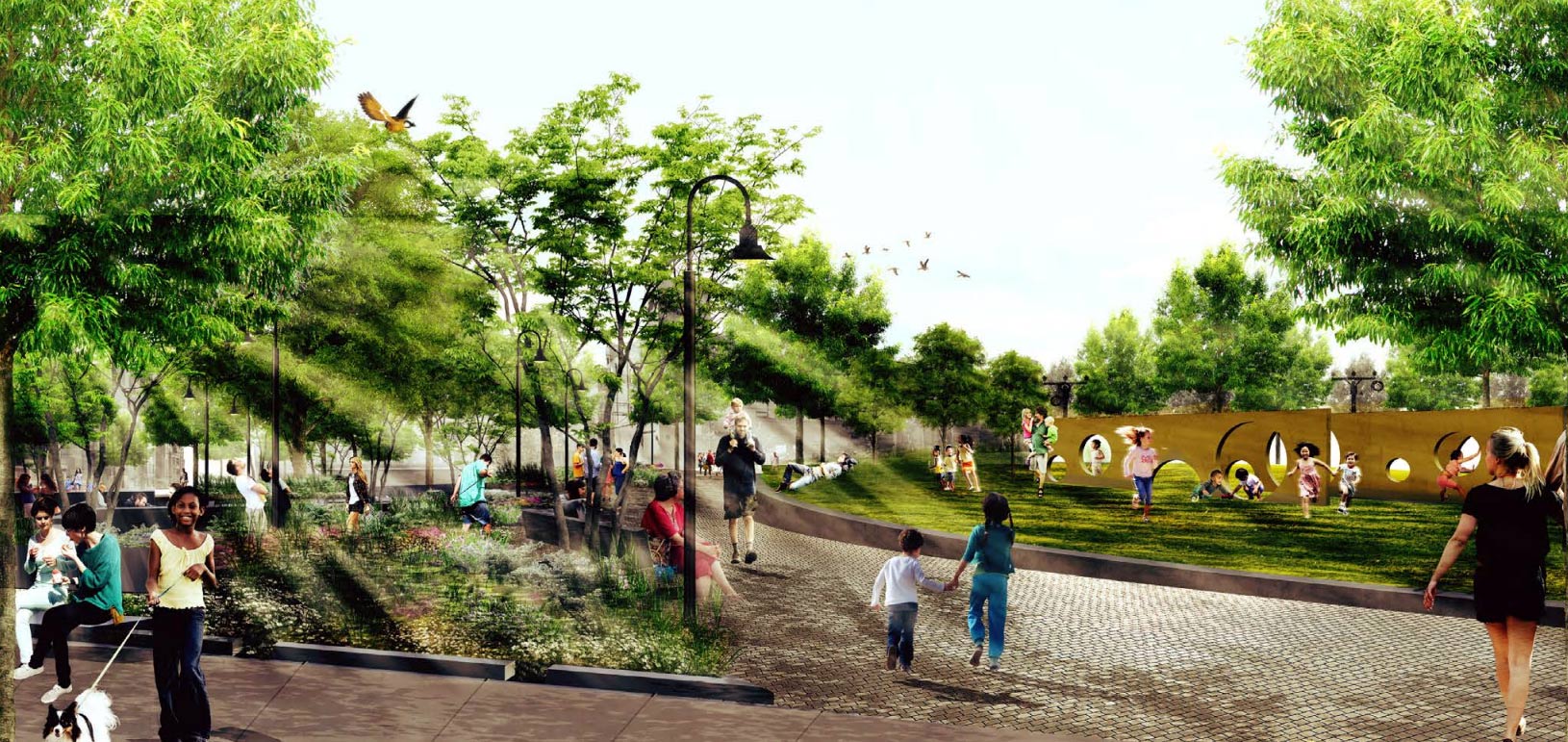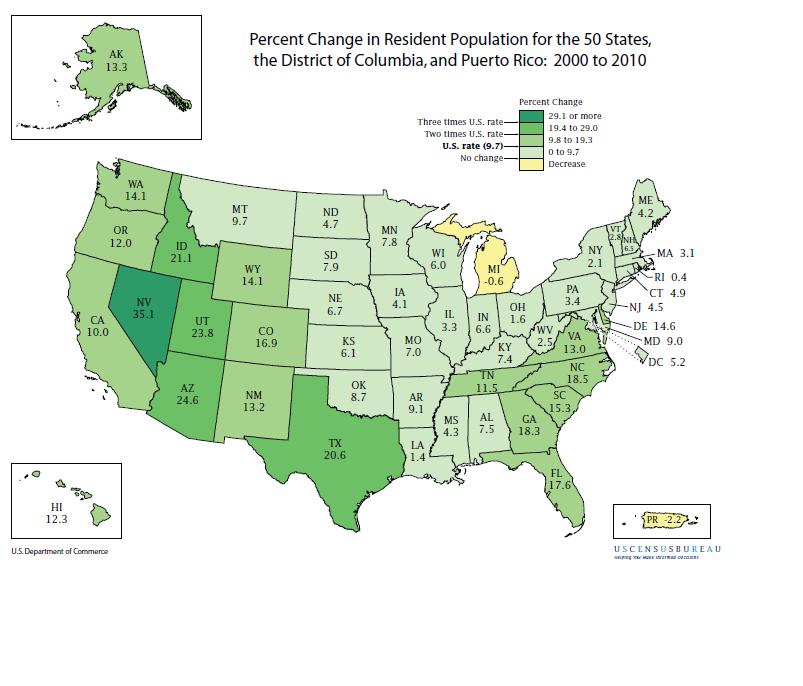New Jersey Future Blog
Leed-ND: A New Framework for Sustainable Development
February 20th, 2008 by Jay Corbalis
- The new Leadership in Energy and Environmental Design Neighborhood Development rating system, or LEED®-ND, is the first national system to evaluate neighborhood design. It is devised to ensure that a development’s location and design meet specified high levels of environmentally responsible, sustainable development.
- There are currently 238 projects in 39 states and six countries participating in the LEED-ND pilot program, according to the U.S. Green Buildings Council (USGBC).
- New Jersey has five LEED-ND pilot projects, including Wesmont Station in Wood-Ridge, which won a Smart Growth Award from New Jersey Future in 2006. The project will be built on a 154-acre brownfield site and include a new planned train station, 737 residential units, 130,000 square feet of retail, a public square, a community center and a new middle school.
- The LEED-ND program encourages projects that support transit. Residents in ZIP codes selected for LEED-ND pilot projects are twice as likely to take public transportation as residents in all urban ZIP codes, as defined by the USGBC.
‘Going Green’ Takes on Added Meaning
The popularity of LEED certification, which ranks buildings based on criteria such as energy use and building materials, is on the rise. Yet in a state like New Jersey, where the transportation sector accounts for more than one-third of carbon emissions, truly “going green” requires a more holistic approach than simply looking at buildings.
To that end, the U.S. Green Buildings Council has been piloting LEED-ND, a new rating system developed in concert with the Congress for the New Urbanism and the Natural Resources Defense Council. LEED-ND goes beyond individual buildings to look at sustainable practices on a neighborhood level. Projects are judged on clear and specific criteria in four categories: Smart Location and Linkage; Neighborhood Pattern and Design; Green Construction and Technology; and Innovation and Design Process.
For example, recognizing the need to reduce car trips, LEED-ND requires limited parking, wider sidewalks and mixed uses aimed at encouraging walking and bicycle use. Under these criteria, many of New Jersey’s older communities would already meet several LEED-ND requirements by virtue of being compact, mixed-use and walkable. Only in the last half century has New Jersey veered away from this positive land-use pattern in favor of low-density, auto-dependent sprawl. Today, the popularity of the LEED-ND program suggests the pendulum may be swinging back again.
LEED-ND offers value to various entities. Towns seeking to be environmentally and socially sustainable may incorporate LEED-ND principles into their master plans and zoning. Builders can use the green movement’s cachet to market their developments and encourage architects and planners to use the program as well. To the state, LEED-ND provides a clear framework for sustainable development and a strategy to reduce greenhouse gas emissions.
The USGBC expects the LEED-ND program to become established as a full program in less than a year. For more information on LEED-ND, visit USGBC.
New Jersey Future’s 2008 Redevelopment Forum will feature a workshop on LEED-ND. It will explain the program and—through the lens of Wesmont Station and the experiences of Orange/East Orange—explore the benefits green certification can provide to communities and developers alike.
If you have any questions about this issue of Future Facts, please contact Jay Corbalis, Policy Analyst.
















